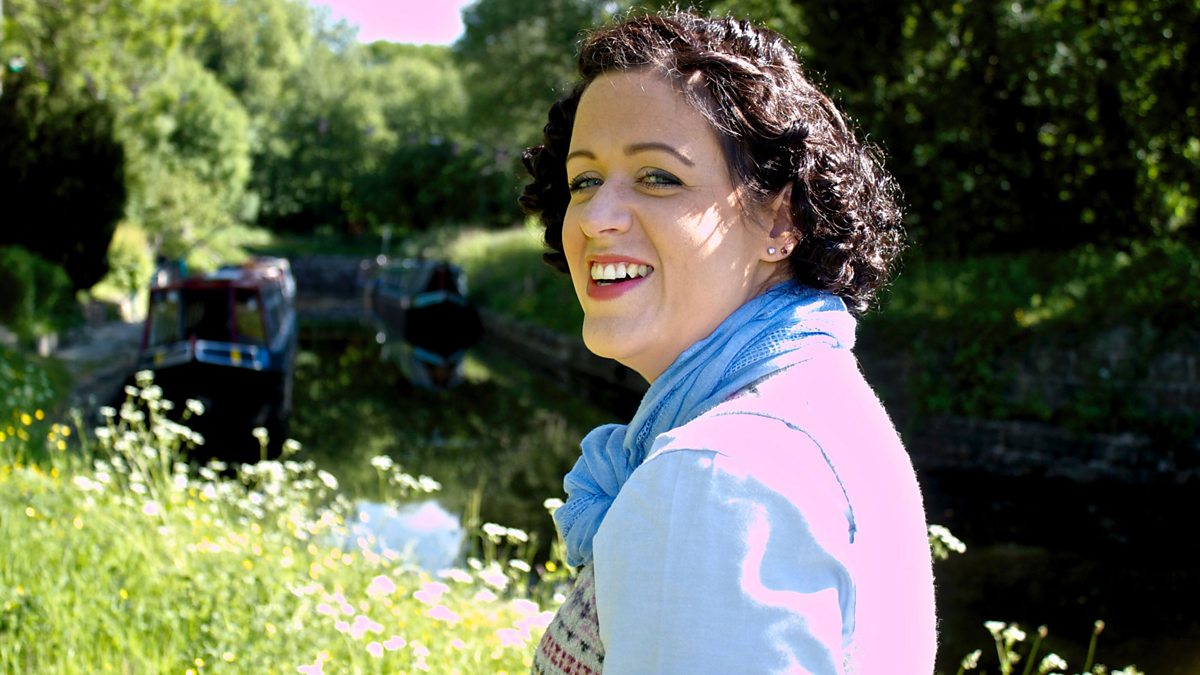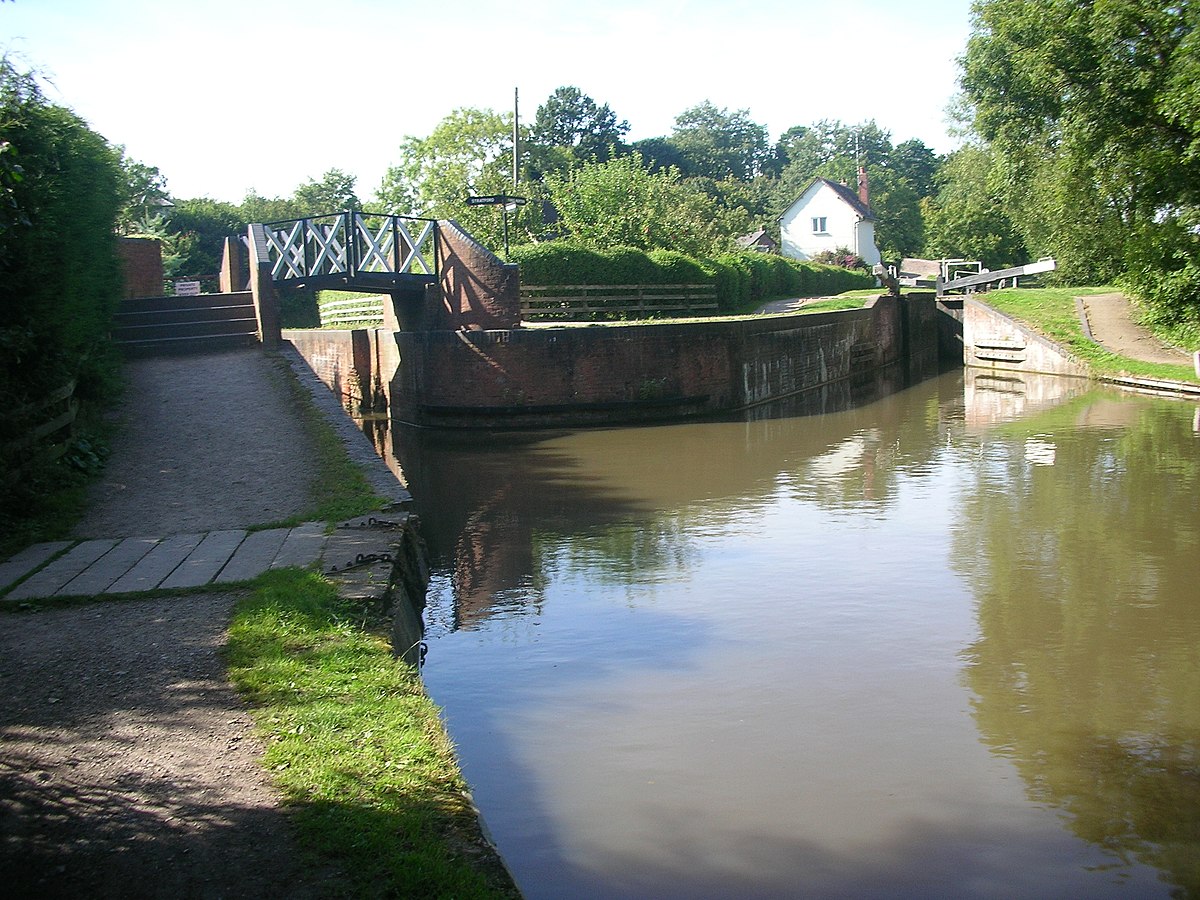About 20 years ago I attended a 10 week evening class about the history of the canal network given by one of the men who had helped save the Stratford Upon Avon canal from abandonment.
He told the story about how in the 1950s the canal was chock full of weeds and other plant life, and how the locks were damaged and unusable. It was almost impossible to get a boat up and down it (the best you could manage was a canoe).
He told the story of how one of the canal bridges was damaged and needed to be repaired or replaced.
The council did not want to bother to build an arched bridge over the canal but wanted to build a "flat" bridge which would of course have meant the canal could never be used again as boats would not fit under the bridge.
So the council put in a request to "abandon" the canal.
(In the past every new canal that was built had to have a "bill" through parliament to allow people to raise money to build the canal. So this meant before you could close (or "abandon") a canal another bill had to go through parliament to close or abandon the canal.
When local canal enthusiasts heard the canal was gong to be abandoned they began to clear some of the canal and repair some of the locks. This was local enthusiasts doing it at weekends and in their spare time and long before canals became a haven for pleasure activities.
Eventually they managed to get the National Trust to take over the part of the canal (Southern part) and provide funding for work to be done.
The enthusiasts even managed to get the Governor of Winson Green prison to allow prisoners to come and work on helping to reopen the canal (after carefully checking they had all handed back their tools at the end of the day!!).
Back then the canal basin at Stratford Upon Avon was much bigger (coal and other "dirty" goods were delivered to that canal basin and the locals hated that area as it was so dirty and unpleasant).
So some canal land was sold to the RSC and the current RSC theatre in Stratford was built on the site of the old canal basins.
The canal was fully restored and reopened in 1964 when Queen Elizabeth the Queen Mother came to open the canal.
So we now have this wonderful canal and we all ought to say a big thank you to the men and women (and children?) who gave up their time in the 1950s and 1960s to work on the canal.
If they had not done that we could well have lost the canal for ever.
To see the canal in action go to Kingswood Junction where the Stratford Upon Avon canal meets the Grand Union canal.
It is always a hive of activity with boats going up and down both canals and also criss crossing over between the two canals.
More on Stratford Upon Avon canal here

en.wikipedia.org
More on Kingswood Junction here:

en.wikipedia.org





